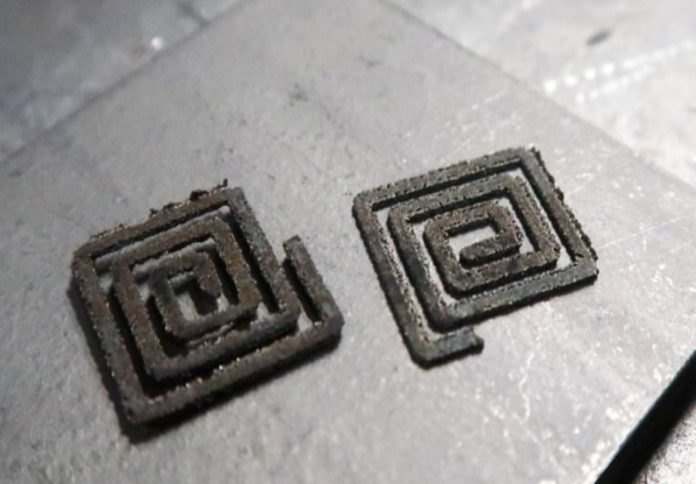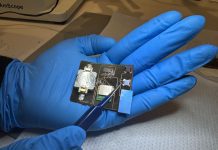
RMIT University has announced the development of an experimental 3D-printed diamond–titanium device that can generate electricity from flowing liquid and wirelessly receive power through tissue, which researchers say could pave the way for next-generation medical implants that never require battery replacement.
In a news release, RMIT said the breakthrough offers a potential pathway toward longer-lasting implants such as smart stents, drug-release systems and prosthetics capable of operating continuously without the need for surgical battery replacement.
Senior lead researcher Dr Arman Ahnood from RMIT’s School of Engineering said the innovation addresses one of the most significant challenges in implant technology.
“Our goal was to overcome one of the biggest limits in implant technology – the battery,” Dr Ahnood said. “They take up space and eventually fail, which often means another operation. With this approach, implants could run continuously with little or no onboard battery.”
According to RMIT, the research team achieved the advance by combining lightweight titanium with tiny diamond particles, producing a strong, biocompatible and electrically active material.
Dr Ahnood said this transformation allows the device to harvest energy, sense liquid flow and receive wireless power without requiring active electronics in the implantable component.
He added that the technology could also have potential applications in industrial sectors requiring sensors in hard-to-reach environments.
RMIT reported that laboratory testing using saline solutions demonstrated how liquid flowing across the device produced a consistent electrical signal.
Dr Peter Sherrell from RMIT’s School of Science said the result represents a new approach to implant materials.
“This is completely new – most implant materials are either insulating or conducting. It is the combination of both in a single material that lets us see and use this electricity,” he said.
The university said that although the harvested energy alone would not be sufficient to power most devices, the combined effect of energy generation and wireless charging was seen as a promising development.
Professor Kate Fox from RMIT’s School of Engineering said the device can also be 3D-printed into complex, patient-specific shapes, enhancing both its function and durability. “The device can be 3D-printed into complex, patient-specific shapes, enhancing both function and durability,” Professor Fox said.
RMIT noted that further testing is needed, with the research team now seeking partnerships across biomedical and industrial sectors to help advance the technology toward real-world applications.



















